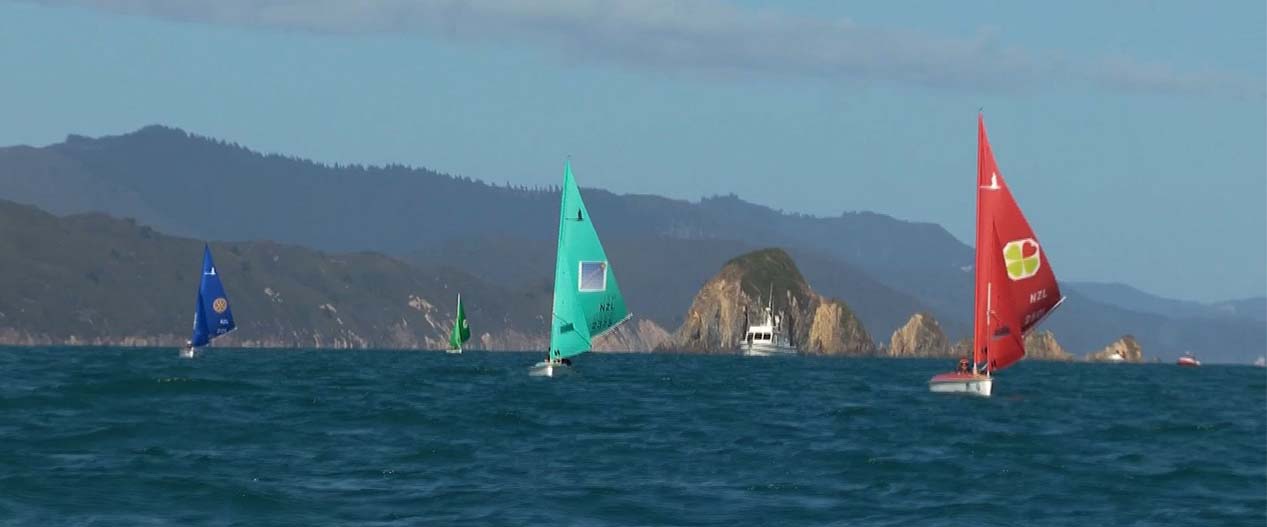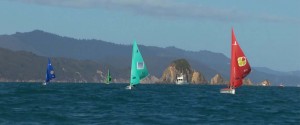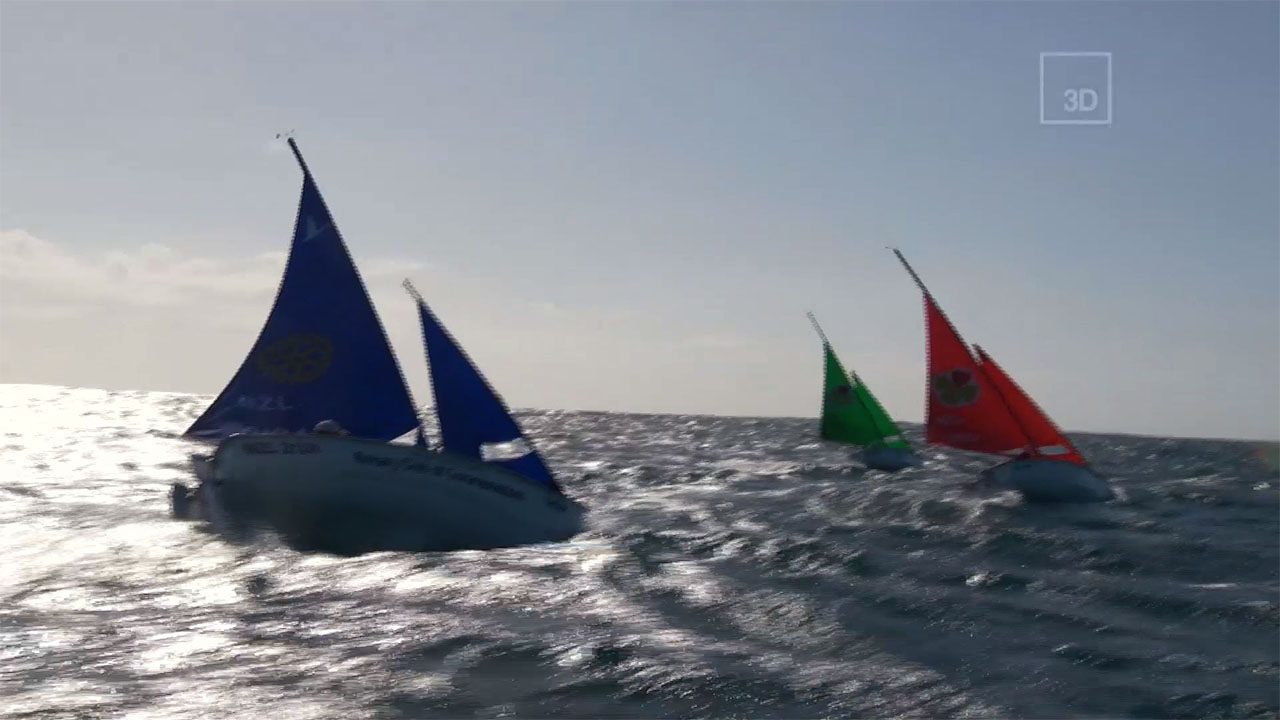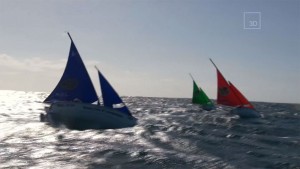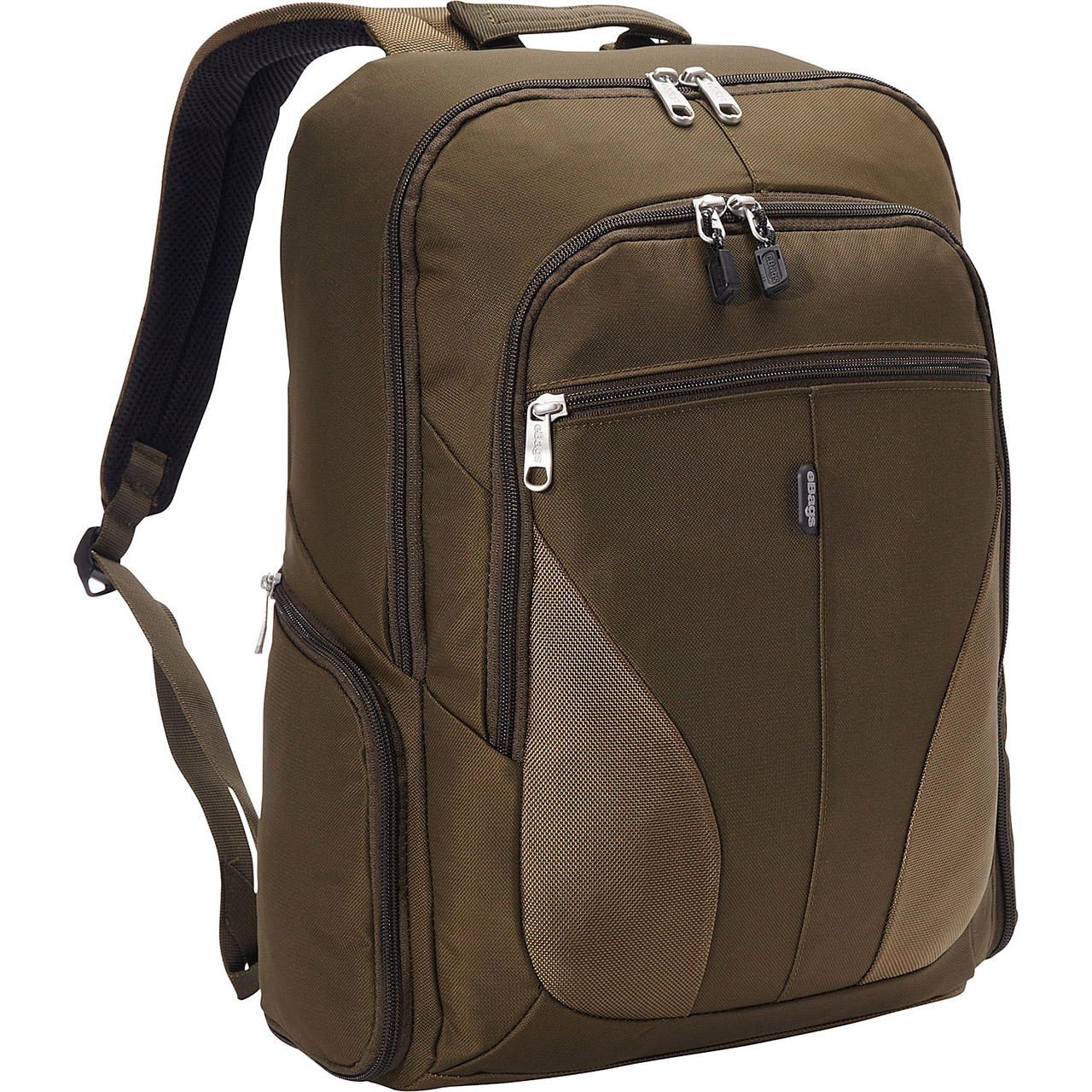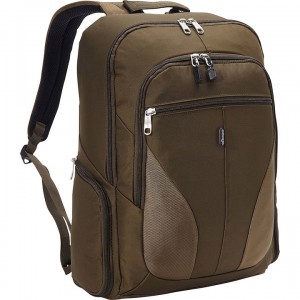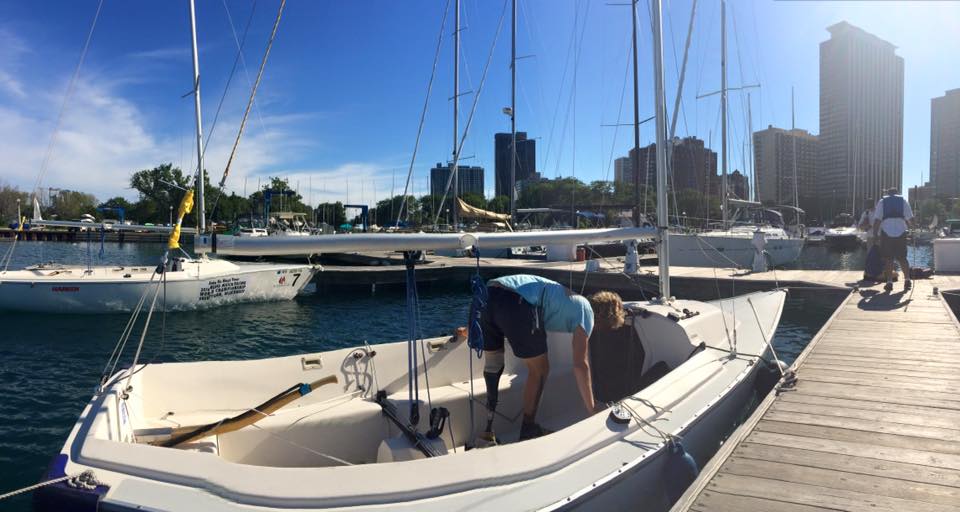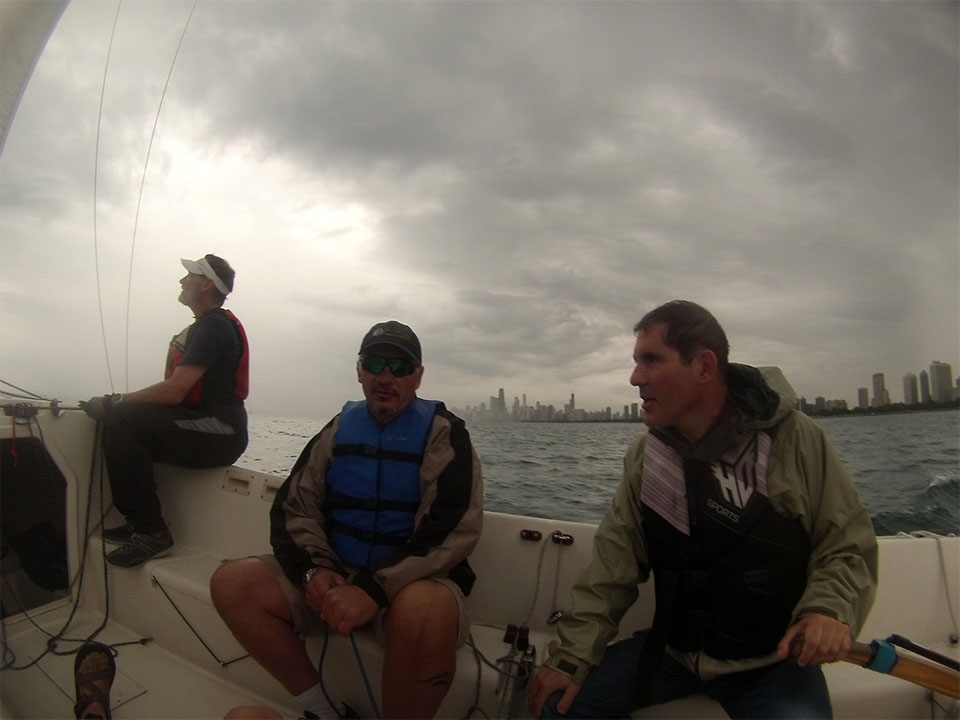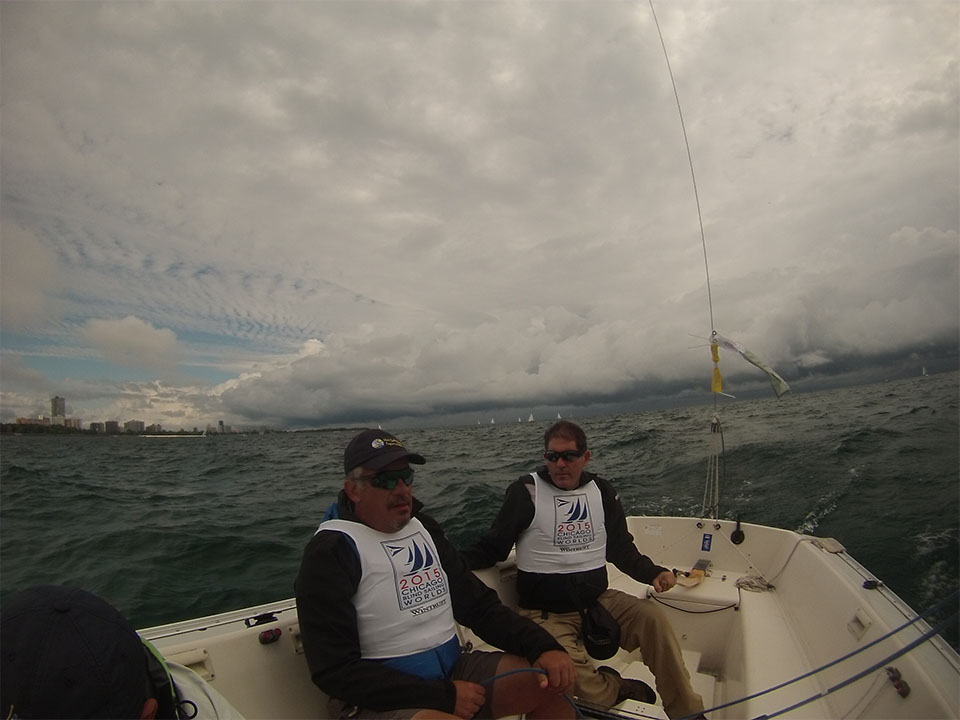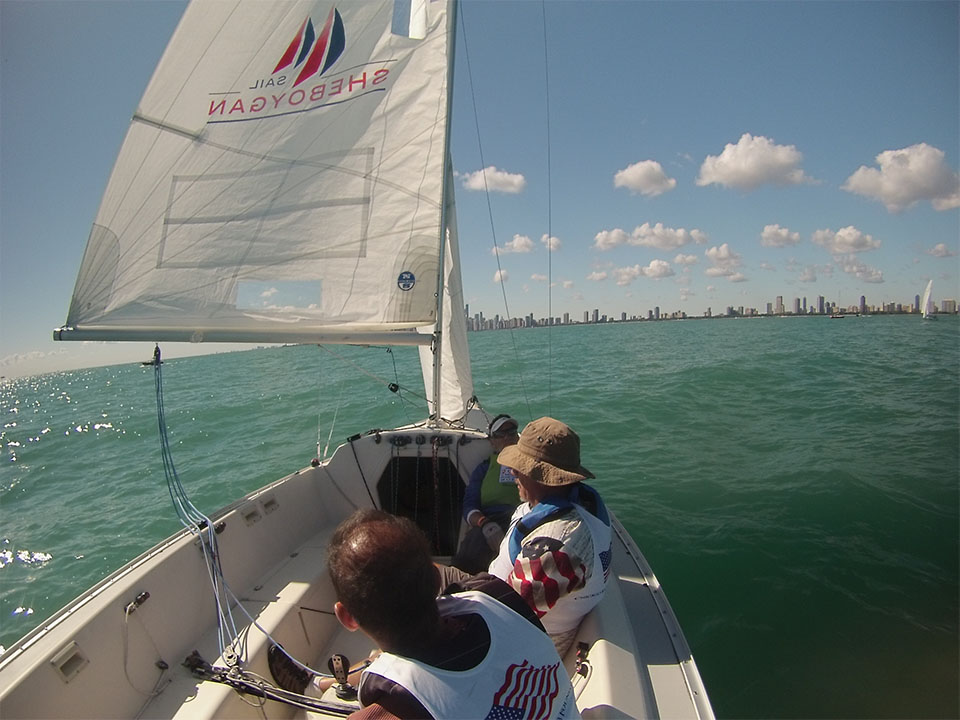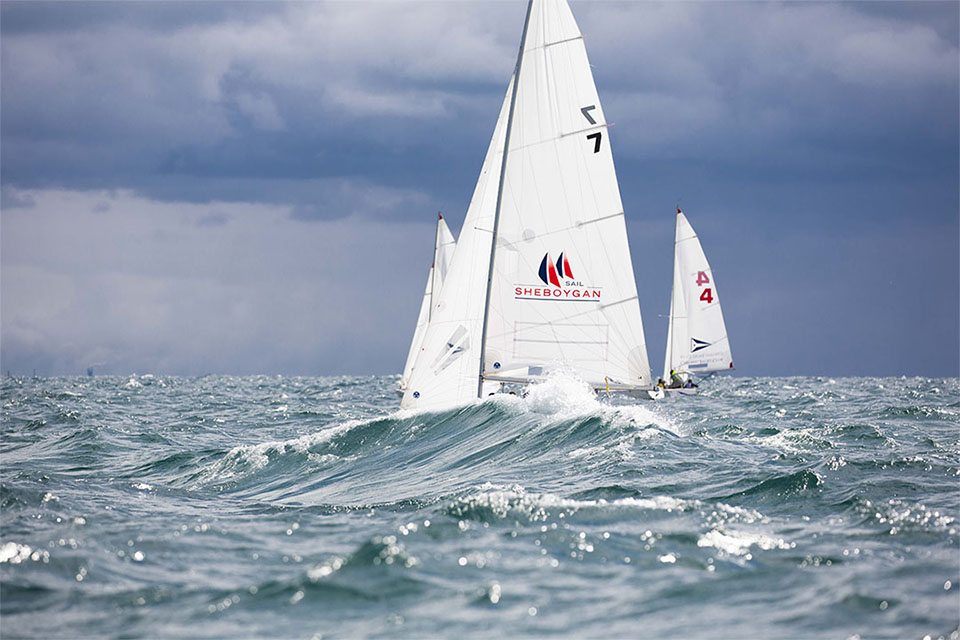There are reasons behind my longstanding dislike for Rob Reiner. Good ones. Let’s just say this: November 7, 2000 – Nashville. You know what you did, Meathead.
However, I can divorce the man from the medium, and I find myself coming back to the pivotal scene in “A Few Good Men” more often than what may be strictly necessary. It’s such an all-purpose one liner for sticky situations where a little truthiness is required (big hugs, Stephen Colbert. I quote you quite a bit as well).
The truth about the truth is it’s often uncomfortable. A writer I’ve been getting into lately, Sharon Ellison, devoted a large portion of her book “Taking The War Out Of Our Words” to this idea of ditching confrontational or passive/aggressive language and tonality in favor of direct and truthful dialog. So I think we all agree that the goal is admirable and necessary.
Necessary, but uncomfortable. I’ve found this idea bumping up against another fact of life… that convictions are easy as long as you don’t have to live by them. Here’s an example. I believe that Alabama, where I grew up, is actually one of the easiest places in America to be a liberal. Take just a second to stop your head from exploding and I’ll explain. In Alabama, there is so much red meat conservatism (not judgin’, just sayin’) that it becomes very easy to espouse liberal ideals, because it’s also very easy to rest assured that you will never, ever have to live by them. Long after our sun has burned away and we are subjected to the cold vastness of an empty universe (yet still with new seasons of Grey’s Anatomy in production, I suspect), Alabama will always be the reddest of red states.
Do you really want to live day to day, side by side, with the consequences of a left of center… very left of center… ideals? Then buckle up, my friend and move to San Francisco. That’s where the rubber meets the road. You’ll find yourself facing the mindset that comes with living in the bluest of blue states.
You will face challenges to your convictions as you wake up one morning to find not just the tires, but the wheels of your car have been stolen overnight, and the response you get from your friends and neighbors is “well, just remember that whoever took them must have needed them a lot more than you.” This happened to a filmmaker friend of mine. Can you handle the fact that there is an active anarchist element in your neighborhood? Actual anarchists. Honestly, I don’t know how they manage to organize, what with the anarchy and whatnot, but there they are, and during the Occupy era, they pretty much took over the protests in Oakland. Speaking of Occupy, can you handle the idea that as protestors were breaking the shop windows of minority owned businesses in downtown Oakland while railing against the one percent, the world headquarters of Chevron in San Ramon, less than 30 miles away, were left unscathed. Can you really handle the idea that total freedom means looking the other way or even laughing about the fact that on any given day in the Castro, there are men walking around 17th and Market Streets completely naked and that when police try to encourage them to put clothes on, it’s the police who are yelled at and mocked as fascists? Where you can often find people openly lighting a joint on the public transit system. We haven’t even talked about the taxes for a public school system that is, let’s face it, failing. Now, I must say, for all that, I like it here, but can you handle the truth? I’ve had a hard time with it, because living up to your principles means living up to them even when it’s tough. Especially when it’s tough.
Bear with me, I really am going somewhere with this.
As I wrote in the previous post, my personal challenge has been living by the logical conclusion of what I’ve been advocating from the film director’s chair, that anyone with a handicap has the right… no, the duty… to live with the same freedoms, the same rights, the same opportunities as anyone else.
As Dennis, Samuel, Otis and Katy set sail into the heart of the Cook Strait, I was quite sure that if and when something went wrong out there, somebody was going to get hurt. Someone could possibly die. The reporter in me, the professional observer struggled with this, as I hope anyone would. Sometimes, as a reporter, you have to ask yourself how inviolable the rule of nonparticipation is. Even though we would be heading back to the United States before the crossing was officially finished, leaving New Zealand’s TV3 to capture the mid-crossing footage to coordinate with our preps and launch footage, I felt a certain degree of responsibility. Was I tacitly signing on to a mission that was just too dangerous? Let’s say someone died. Just how much ownership would I be bearing for this by having held out the carrot of media exposure, always a powerful incentive.
Well, here’s what happened. Spoiler alert: they made it.
The fleet set out early on the morning of the tail end of their launch window. They had given themselves seven days of opportunities to launch before the window closed. On the day of the crossing, the weather was, on the surface, perfect. Perfect for the Cook Strait means temperatures in the forties or fifties Fahrenheit with 40 knot winds and twelve foot swells. So not a pleasure cruise, is what I’m saying.
It was risky. It was dangerous. Samuel did get cold but his core temperature did not drop below critical levels, always a big concern for someone with Brittle Bone Syndrome. Dennis was able to track the fleet and the rescue boats, an essential ability for someone who is visually impaired, although in the roar of the winds he was often down by two senses, not just one. Otis did lose feeling in his lower abdomen (not permanently, I should add), but he made it. Katy did keep her cool and acted selflessly to guide the team through rough waters.
So they made it. And they made it for different reasons. Dennis to reclaim his heritage, dating back to the first of his ancestors to sail into the region where even today, a bay on the strait is named after him. Samuel for the memory of his friend, one of only six in the entire nation of New Zealand, who shared his disease, but who died from complications. Otis for seizing the freedom even he says was more abstract than ironclad until this day. And Katy for the sake of her guidepost, that disability is no limit to adventure and for the conviction that this would be a better world if nobody should have to hide a disability or a differences..
But this is the truth, and I’m still learning to handle it. I’ve sworn an oath in my profession – be the storyteller, not the story. No matter what the story is. I’ve also made a promise… to advocate for the rights of people with handicaps to do whatever they want, whenever they want, however they want. The challenge of that chain of thoughts is whether I really believe that includes the right to risk your life as a consequence of those rights. To die for what you believe in.
The truth of the matter is this. Nobody on this crossing really believed that they were going to die out there. This conviction was expressed to me a number of times, and was backed up by months of preparation and years of training. But it’s a rough world out there in the elements, and they could have died. Easily and quickly. Anything could have happened at any time. A four meter swell that turns into a ten meter swell. A sudden squall that tossses everyone overboard, even with a rescue boat twenty five yards away. Pitching and yawing and hypothermia. It was all on the table. Yes, anything could have gone wrong in a hurry.
And we have to be okay with that, because it’s none of our business.
I think we as a society talking the talk about equal rights, myself included, have to handle the truth. that if a handicapped person says they have to do something, and they say they’ve taken all the consequences into consideration and that they’ve prepared as best they can, it is not our job to give them permission to do what they, as an intelligent and mentally competent adult say they are going to do. It’s not our job to agree with the decision, and it’s not our job to paternalize or punish grown men and women.
There is a consequence to this. A blind hiker has climbed Mount Everest. A blind sailor has crossed the Cook Strait. A blind pilot has landed a plane. Someday, someone is going to die trying this or something similar. And there’s going to be a lot of finger pointintg. Somebody should have stepped in and stopped them, it will be said. Somebody should have done something.
Well, I say that when that happens, what we did was give a person the same chance and the same choice to make a responsible decision as we would give anyone else. Life has consequences, and this is the truth I, along with everyone else, have to handle.
Thank you, Dennis, Samuel, Otis and Katy for reminding me of that.
